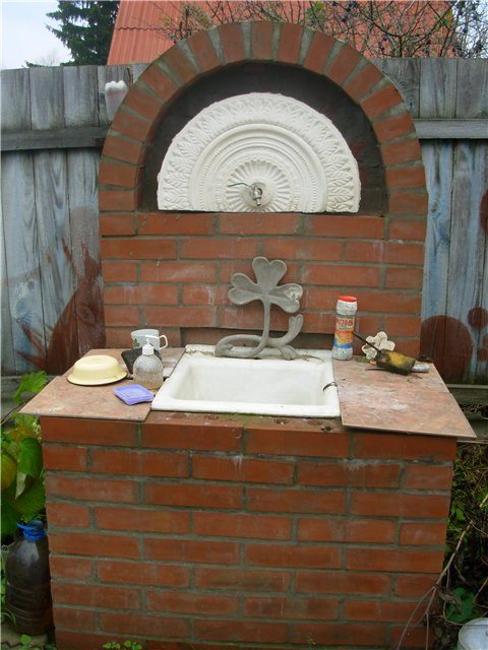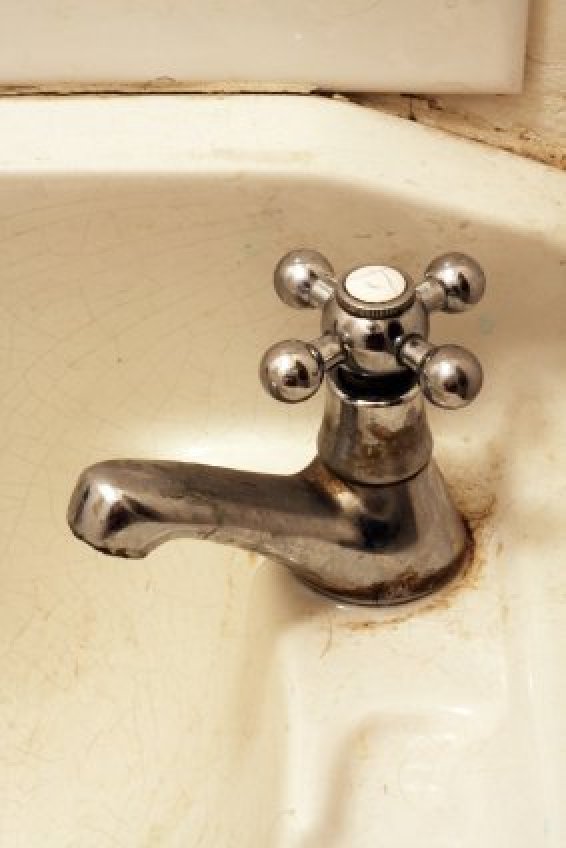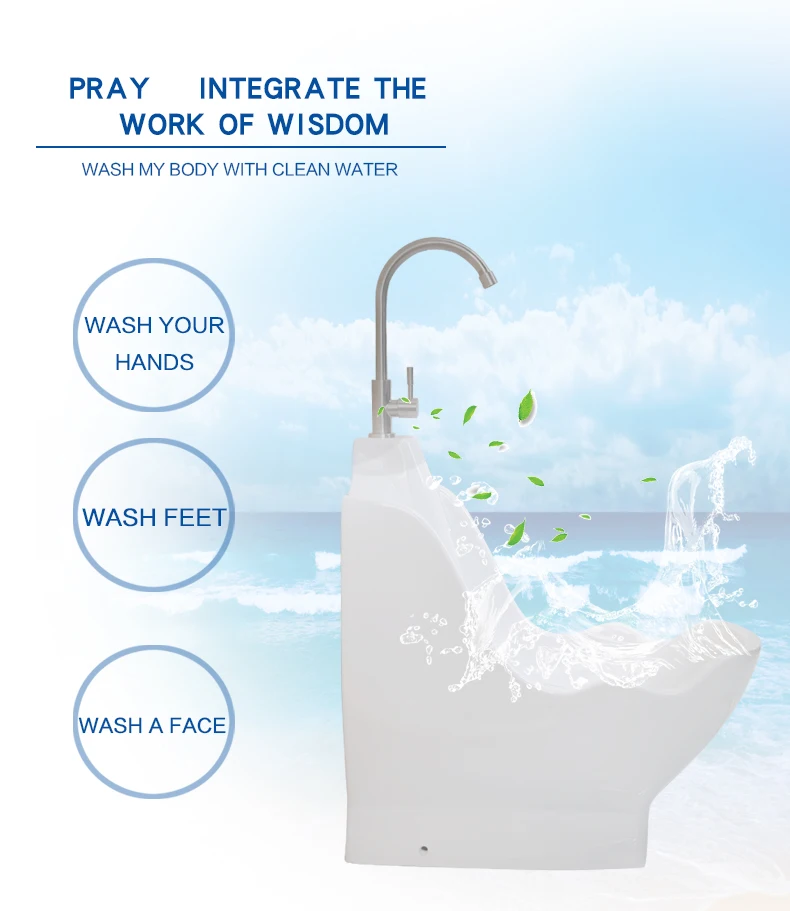This time, we’re going to talk about How To Clean Corroded Sink Faucet. There is a lot of information about Rusty Tap Water on the internet, of course. Social media are getting better and better quickly, which makes it easier for us to learn new things.
Removing Rust Stains From Fixtures: A How-To Guide and How To Clean Calcium Buildup On Sink Faucet are also linked to information about How To Clean Corrosion Off Bathroom Fixtures. As for other things that need to be looked up, they are about How To Clean Corrosion Off Bathroom Fixtures and have something to do with How To Clean Calcium Buildup In Sink.

33 Unexpected Facts About How To Clean Corroded Sink Faucet | How To Prevent Faucet Corrosion
- One of the best ways to beat lime scale and hard water deposits is with vinegar. Fill a plastic bag with 1/3 to 1/2 cup of vinegar and secure the bag around your faucet with a rubber band. Let the vinegar soak deeply into the limescale for 3–4 hours then scrub off the green stuff on a faucet. Rinse and dry when complete. - Source: Internet
- Is your home being invaded by something green? Cleaning bathroom and kitchen faucets in Arizona can be a constant battle. That’s because you’ll find green stuff on a faucet. What the heck is that stuff? And why can’t you get rid of it easily, even when you scrub? - Source: Internet
- If you feel confident that your faucet’s material can withstand the acidic cleaner, fill a plastic bag with equal parts water and white vinegar. Submerge the faucet head and secure the bag to the faucet with a rubber band or a zip tie and let it soak. Wait 30 minutes to an hour, then remove the bag. Run the faucet to dislodge anything loosened inside the faucet head, then rinse and dry. - Source: Internet
- Alternatively, or for any more stubborn stains, you can use any regular gentle household cleaning product to clean your faucet. Again, simply apply with a cloth. Once you have wiped the faucet clean, wipe down with a dry cloth to prevent marks from appearing. - Source: Internet
- Now you can apply the same method to pretty much all sorts of kitchen faucets including but not limited to touchless faucets, commercial faucets, and pull out faucets. If you think that this simple method is not good enough then you can always use regular house cleaning products that would go gently with the faucet material. Application of the product would require a clean cloth and after you have wiped down the tap then you should wipe it again with a dry cloth preventing any unwanted marks. - Source: Internet
- According to Brown, a few items you probably already have at home will tackle grime, but the trick is to keep it from coming back. “The secret to keeping your faucets looking nice is cleaning them daily,” says Brown. Remove water spots and buildup with the tips below, then apply regular TLC to keep them looking clean. “Remember to always dry the faucets and knobs after use to prevent water with trace minerals drying on them.” - Source: Internet
- Perhaps the key to cleaning a kitchen faucet is to do it often. That way, you can avoid any build-ups developing in the first place. This will mean it will be a much easier job for you to complete each time you need to do it. - Source: Internet
- Areas that have a supply of hard water are known for lime scale deposits too. On faucets, these can be visible as green or blue build ups. For effective removal of these tough stains, you’d have to utilize ammonia which is a known remover of stains. If used in the combination ratio of 1:1 that is water and ammonia respectively then you can expect quick results. - Source: Internet
- Another idea is to remove the faucets entirely. Replacing corroded faucets is a smart decision if your faucets are older and lack style that enhances your space. While corrosion can be removed, some homeowners may take this opportunity to make an upgrade or cosmetic enhancement to their home. A plumber from Pure Plumbing can assist you with faucet replacement services. - Source: Internet
- First, clean your faucet and sink with your normal kitchen cleanser and then wipe it dry. Next, cut a lemon in half and use it to wipe down and scrub the surfaces again. The mild acid in the lemon helps to dissolve the limescale and buildup. After you are done lemon scrubbing, rinse everything off and wipe it dry. - Source: Internet
- Mix the vinegar with water in a 1:1 ratio and pour it into the baggie. With the rubber band, attach the baggie to the faucet so the head is submerged in the vinegar solution. Leave it to soak for half an hour – or even overnight – and then take it off, brush the faucet and rinse well. - Source: Internet
- Then, one day, you notice something. A strange orange-brown stain spreading on your kitchen faucet. Crumbly build-up and corrosion on your showerhead. You freak out, not knowing what to do with this unwelcome intruder, so you never do anything. You lose your security deposit, your home value decreases, and your carefully crafted oasis loses its charm. - Source: Internet
- Deposits of iron and manganese may present as dark brown or black pigments on your kitchen faucet. Along with tarnished image of your fixtures, these harmless appearing spots also offer home to different germs and bacteria. Use tartaric acid and hydrogen peroxide to get rid of such buildups in an easy manner. You can always store such mixtures in spray bottle and then store it away for later use. - Source: Internet
- For those of you who don’t know the shades of rust, look out for brown or reddish brown buildups on your kitchen faucets. If you have positively identified these deposits, then its high time to use lemon juice. Yes, you heard it right, lemon juice and borax would work wonders for rust removal. Just apply the mixture and then wipe it off with a cloth. - Source: Internet
- The best way to beat hard water and stop limescale buildup forever is to install a water softener. Soft water has far fewer minerals in it than hard water. Therefore, when soft water dries on your faucet and inside the sink, it leaves behind much less calcium carbonate. That results in pretty much no green stuff on the faucet. - Source: Internet
- Sure, it’s unsightly to have green stuff on a faucet. There’s no doubt about that. But that limescale and copper can be nearly impossible to clean or remove. Plus, limescale can cause permanent damage to fixtures, leading to a costly problem. - Source: Internet
- Many bathroom fixtures have chrome or brushed nickel plating to make them look shiny and protect them from rust. The plating also makes the surface of the metal harder and prevents a lot of wear. Two types of chrome plating are common. Hard chrome-plated surfaces are usually thicker, and they protect the outside of fixtures like faucets. Thin dense chrome plating is usually used on the interiors of surfaces to increase smoothness and uniformity and reduce metal fatigue. - Source: Internet
- Keep in mind that whether you replace your faucets or clean the corrosion away, hard water deposits may continue to be a problem for you. Therefore, it is wise to combat the issue of hard water as well. After you have cleaned or replaced your faucets, consider installing a water softener system. This is a special type of water system that filters out the minerals and other debris in the water that is causing the staining, film or corrosion. The water that passes through your faucets in the future will not have minerals that can lead to corrosion in the future, and this is a true benefit to you. - Source: Internet
- Calcium buildup, often called limescale, comes from water that carries dissolved calcium salts (calcium carbonate or calcium bicarbonate). Water high in calcium and other minerals is called hard water. If your water is hard, you’ll notice a lot of white buildup or scale around your faucets and drains, as well as in your appliances that use water. If your water contains a lot of iron as well, the buildup may take on a rusty or yellow hue and could stain your sink. To remove the calcium buildup / limescale from your faucet, gather these few household items: - Source: Internet
- If cleaning your faucets does not improve your water pressure, your pipes may be caked with limescale, or there could be another issue. Ask your local Mr. Rooter Plumbing for a plumbing inspection and consultation. Whether you need pipe replacements or a simpler repair, our plumbing pros will provide honest advice and quality service every time. Schedule an appointment online or call (855) 591-0128 for 24/7 emergency service. - Source: Internet
- If green stuff on a faucet is an issue for you and your home, it’s time to contact Forrest Anderson. We can suggest the best water softener (and install it) if that’s your choice. And if you’d prefer to re-pipe your home, we can manage that project as well. - Source: Internet
- The sink can also get stains from rusted faucets, drain covers, and pipes. Removing rust from the sink requires fast action, as the sink is constantly being used throughout the day. Reach for a commercial rust remover that can remove stains from your bathroom sink to remove rust. - Source: Internet
- Much like other areas of the house, there is a precise method of cleaning kitchen faucets. Kitchen taps can sometimes be one of the dirtiest surfaces within a household and at times, it takes months before somebody pays attention to the matter. Until then, gunk and rust keep working hard to cut through metal surfaces ultimately damaging them and making your kitchen look displeasing, ugly, and hideous. This is why keeping your kitchen clean is an utmost necessity. - Source: Internet
- All of this green stuff on the faucet is a strong indicator that you, indeed, do have hard water. Of course, being in Arizona, nearly all of us do, so you’re not alone. So you have two choices to address the problem: clean up the green stuff or get the minerals out of your water. - Source: Internet
- The team at Pure Plumbing can assist you with all related plumbing services. We can help you to clean your corrosion or to replace the faucets with new fixtures. We can also assist you with the installation of a water softener system. If you are dealing with corrosion in your home’s bathrooms or kitchen, consider setting up an appointment with Pure Plumbing for assistance from a trained Las Vegas plumbing specialist. - Source: Internet
- Typically, a kitchen faucet acquires rust stains after iron-containing water flows out of the faucet and, over time, leaves behind iron deposits. Rust also occurrs from placing wet items such as cast-iron cookware or utensils on the faucet base plate. Some kitchen faucet designs also incorporate decorative iron pieces that with exposure to moisture gradually break down and spread rust to other surfaces. Whatever your faucet situation, cleaning rust away requires the use of a mild acidic agent, oil or commercial rust removal product. - Source: Internet
- Another option is limescale. This is a thick layer of chalky stuff that covers anything where water has been. Limescale can be white, yellow, or green. It might be white on the bottom of your tub, yellow at the back of the sink, and green around the faucets. Another reason for green stuff on a faucet. - Source: Internet
- I’d at least take the handles off and see exactly what it is. If it is a nut, it has probably contaminated the rest of the stainless/chrome so the whole handle would have to be replaced. The finish on that faucet doesn’t look very good either. If you have a lifetime warranty on the finish, I’d go after it. - Source: Internet
- Nobody likes household chores, but we have to do them so we might as well do them right. Cleaning a kitchen sink can be a pain, but much less if you know how to do it correctly. To help you with part of that, here’s our guide to how to clean a kitchen faucet. - Source: Internet
- Before jumping to advanced breakdown of stains and their causes, one should know the principles of basic cleaning. For a kitchen faucet, basic cleaning is the same as for any other surface around the house. Running a damp rag across and then drying it up with a dry cloth is a quick and efficient way of cleaning and preventing any additional marks due to drying water. - Source: Internet
- To make the paste, mix three parts baking soda with one part water. Take your paste and rub it all over the green stuff on a faucet. Leave the baking soda paste on the faucet for one hour (or until it’s fully dry). Afterward, rinse and dry completely. - Source: Internet
- Removing the corrosion is a top priority for many homeowners, and there are essentially two solutions available to you. One solution is to dissolve the hard water residue that is on the faucets. This is most easily done by soaking the area in undiluted white vinegar. You can soak the vinegar in a clean cloth and apply it directly to the corrosion, or you can pour the vinegar on to the area. Then, you can rinse and dry the area. - Source: Internet
- Carrying out this procedure would only ensure that your faucet appears clean and nothing more. If you are worried about hygiene maintenance, then you’d have to do one up by adding other antibacterial cleaning supplies to the inventory. Keeping in mind the ability of kitchen faucet to harbor different microorganisms, you really need it hygienically clean and not just clean. - Source: Internet

Here are a few tips to help you find information about how to clean rust from kitchen faucet:
- Look for good places to get information about Removing Rust Stains From Fixtures: A How-To Guide. This can be done in libraries, on websites, or even by paid journalists.
- When looking for information about How To Clean Inside Faucet, it’s important to know that there are different kinds of online sources, like Google and YouTube. Social media sites like Facebook and Twitter are also good places to look for information about How To Remove Rust From Porcelain Sink.
Video | How To Clean Corroded Sink Faucet
To get the best information about Why Are My Bathroom Fixtures Rusting and How Do I Stop It?, you should read to find out how true each source is.
This article has a few videos from different places about How To Clean Corrosion Off Bathroom Fixtures that will help you learn more about it. The Internet is a great place to find out about a wide range of things.
## Here are some crucial aspects concerning How To Remove Green Corrosion From Faucet:- How To Clean Corroded Sink Faucet
- How To Clean Rusty Kitchen Faucet
- How To Clean Rust From Kitchen Faucet
- How To Remove Corrosion From Sink Faucet
- How To Clean Calcium Buildup On Sink Faucet

With so many websites and forums that talk about How to Remove Rust Stains from Sink & Tub, it shouldn’t be hard to find what you need.
Most people are used to getting information about What Causes Faucet Corrosion in a very different way than this. It lets you look at the information about How To Clean Corrosion Off Bathroom Fixtures and how it can be used in more detail.
 ways to put information about How To Clean Sink Faucet Buildup in a way that looks good and is useful. They can be used in business and marketing, and they can also be used to talk about Removing Rust Stains From Fixtures: A How-To Guide. So, we also give you some pictures about how to clean rusty kitchen faucet.
ways to put information about How To Clean Sink Faucet Buildup in a way that looks good and is useful. They can be used in business and marketing, and they can also be used to talk about Removing Rust Stains From Fixtures: A How-To Guide. So, we also give you some pictures about how to clean rusty kitchen faucet.
In the end, this article gives a summary of how to clean corroded sink faucet. Also talked about are how to remove rust from kitchen faucet and how to clean rusty kitchen faucet, which you can use to compare how much you know about How to Remove Calcium Buildup on Faucets.